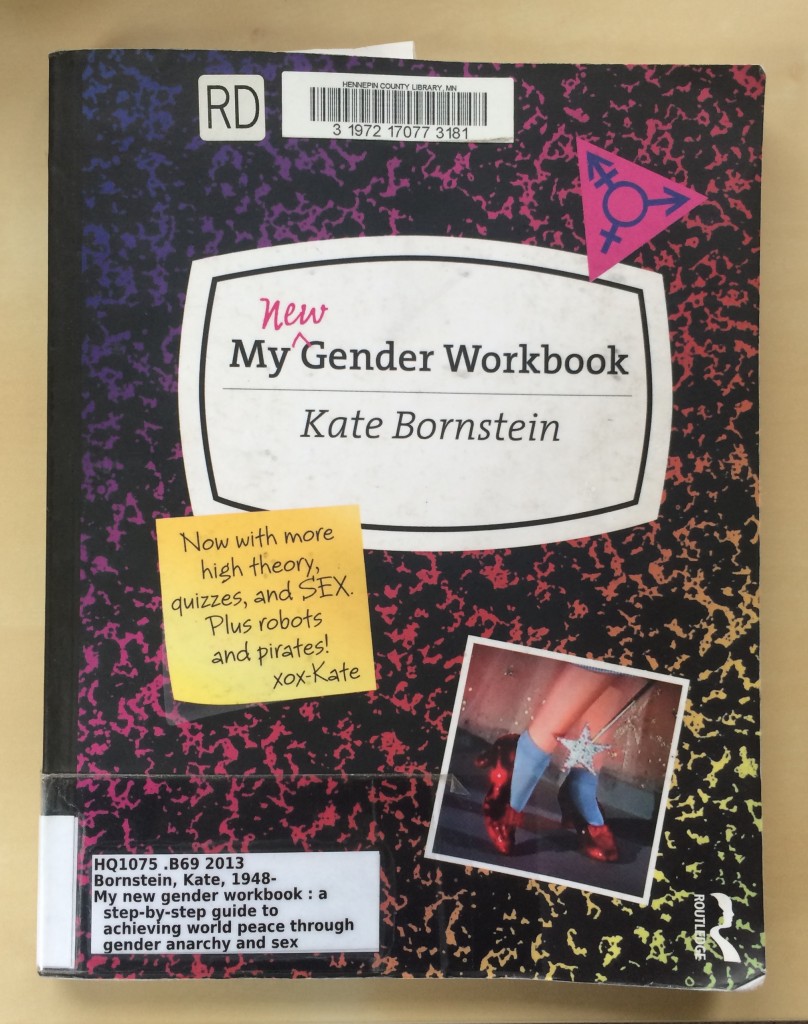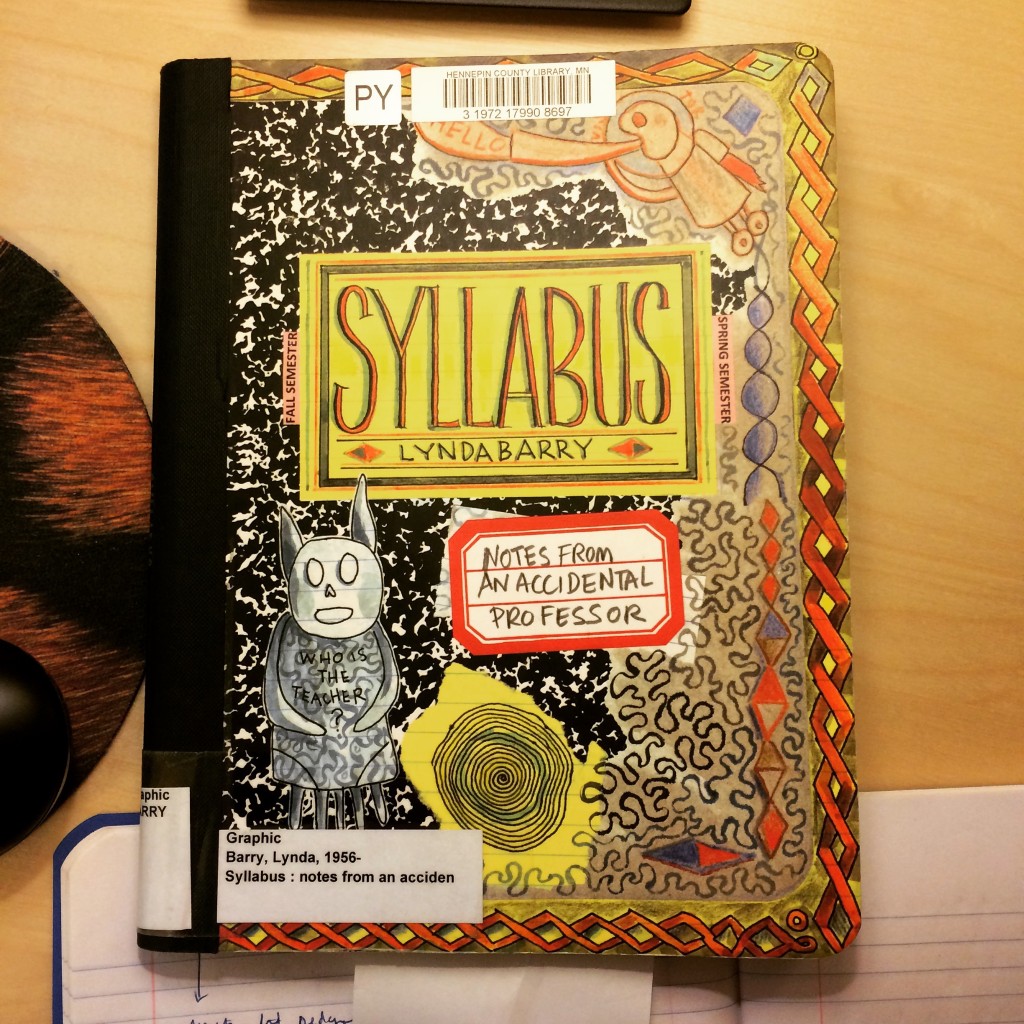I’m working on a new book in which I attempt to take some of my academic research (on feminist/queer ethics) beyond the academy to a space beside and besides it. What does that look like? Not sure. I’m using my story blog to engage in the process of figuring out what to do and how to do it.
One thing that is haunting* (mostly productively) my process is how to resist the urge to make this book—which is loosely about character, virtue ethics, and troublemaking—a book of advice or a how-to manual, based on my research, writing and teaching. I’d like this book to be a helpful resource for others on “how to be,” but I’m trying to find a way to do that that isn’t about giving specific advice or prescriptions. I don’t want to tell anyone, especially my kids who are one of my primary audiences for this book, “This is how you should live.” I want to provide an example of one way that (mostly) works for me, and invite them to engage in the process of figuring out their own way. My constant refrain: “This is not a how-to manual, but an invitation to engage.” But, even as I deeply embrace this refrain, I wonder, is an invitation enough? If I’m not giving any advice, what am I offering?
*I use the word haunting deliberately here. My resistance to advice runs deep and requires more attention then I have time/space for in this post. I need to put digging deep into this resistance on my to-do list for this project. I know it relates to a stubborn refusal to be an expert and a reluctance to tell others, even my kids, what to do. I don’t see my resistance/refusal/reluctance as bad or wrong, just (sometimes) dangerous.
Here’s one offering, a tentative draft of words that my best self (or selves?) lives by. These are ideals that I’ve created for myself and that I aim for, but never quite achieve.
Words That My Best Self Lives By
- Don’t be an Asshole.
- Avoid and Expose Bullshit.
- Never Stop Giving a Fuck.
- Don’t Be Too Afraid to Piss People Off.
I’ll have more to say about these ideals soon.

